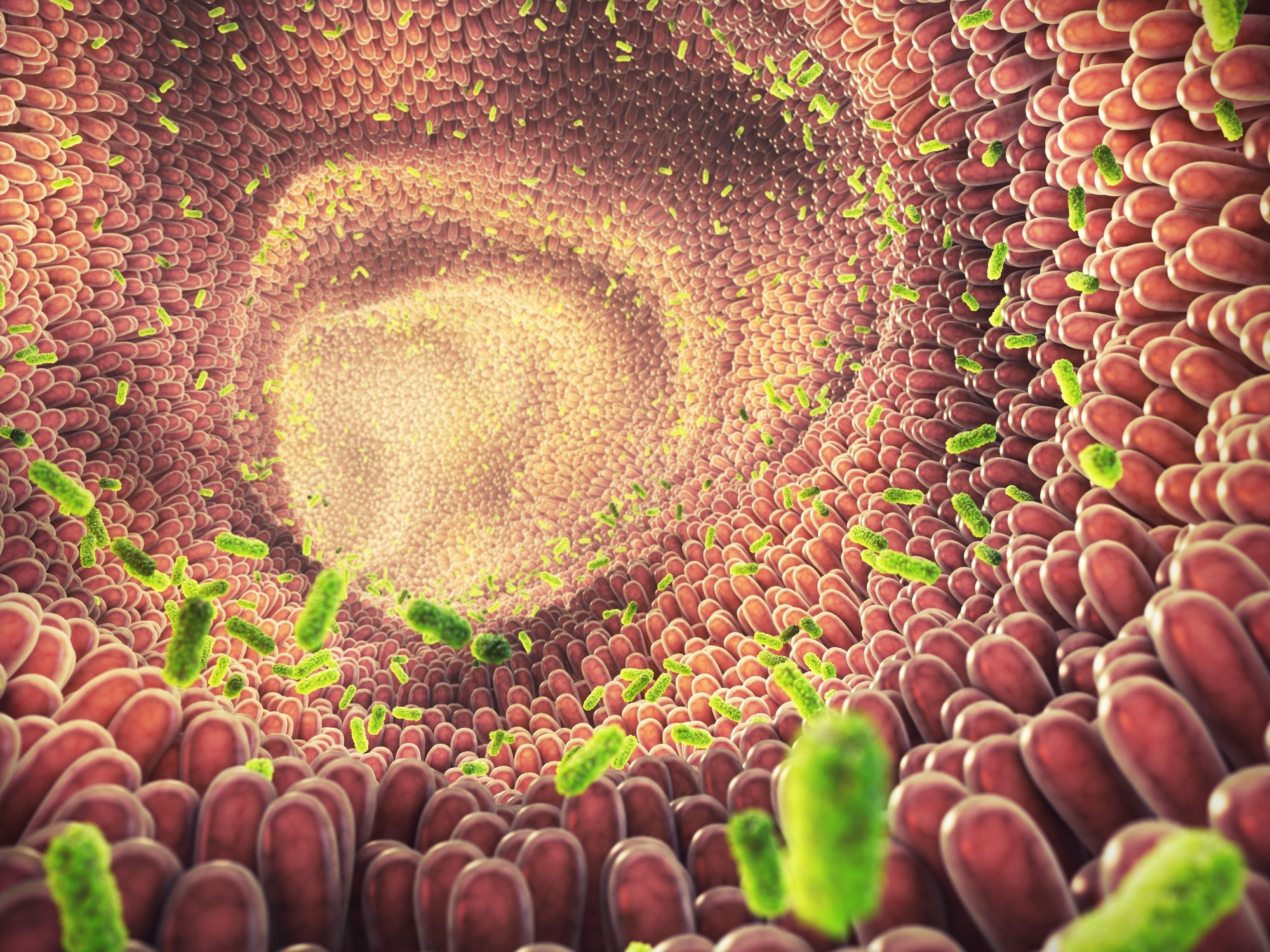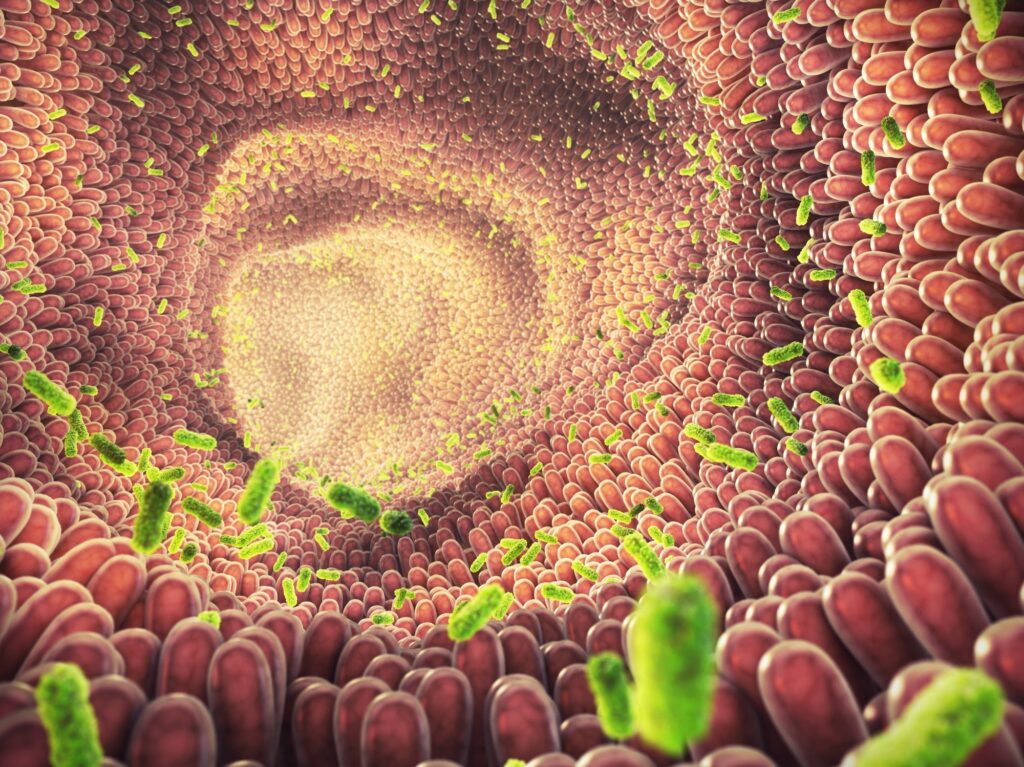In a recent study published in the journal Nature, Researchers investigated the effects of disrupted paternal gut microbiota on the health of mouse offspring. They found that abnormalities in the father's gut microbiome affect placental function and increase the likelihood of growth restriction, low birth weight, and early death in the child. They also found that transmission of disease risk occurs through the germline and could be rescued by restoring the father's microbiome before conception.
 Research: Disruption of the father's microbiome affects offspring's physical fitness. Image credit: nobeastsofierce / Shutterstock
Research: Disruption of the father's microbiome affects offspring's physical fitness. Image credit: nobeastsofierce / Shutterstock
background
Sperm transmit both genetic and epigenetic information to the next generation, the latter being influenced by the preconception environment. Although the extent and mechanisms of paternally derived epigenetic effects in mammals are not fully understood, the gut microbiota plays an important role in integrating environmental signals into host responses. Environmental factors such as diet and medications shape the composition of the gut microbiota, and imbalances (dysbiosis) have been shown to trigger physiological responses throughout tissues. However, the effects of dysbiosis on the germline are poorly understood, highlighting gaps in our understanding of the interactions between environmental factors, the microbiota, and genetic traits. Therefore, in this study, researchers investigated the impact of an induced imbalance in paternal gut microbial diversity on offspring health outcomes.
About research
In this study, we treated male mice with a non-absorbable antibiotic (nABX), another antibiotic combination (avaABX), or an osmotic laxative (polyethylene glycol-PEG) for 6 weeks to induce microbiota dysbiosis. . They were then crossed with untreated females and the F1 progeny's phenotypes were scored and analyzed. Severe growth restriction (SGR) was quantified based on body weight Z-score, and SGR progeny were analyzed by transcriptional profiling. Testes from fathers with dysbiosis were analyzed for size, sperm count, histological changes, and leptin levels. Deoxyribonucleic acid (DNA) methylation and small ribonucleic acid (sRNA) profiling was performed on spermatozoa.
Additionally, transcriptome analysis was performed on E13.5 (mid-gestation) and E18.5 embryos and placentas mated with nABX-treated males. Placental structure and markers of placental insufficiency were evaluated. The potential for fathers to recover from dysbiosis and reverse the effects of the F1 phenotype was studied by 8 weeks of nABX withdrawal and further analysis.
Results and discussion
The study found that children born to nABX-treated fathers (male or female, n = 181) had significantly lower newborn birth weights compared to children of control fathers (n = 172) was shown. The average weight of her F1 offspring from nABX-treated males remained significantly lower throughout postnatal development. Furthermore, it was shown that the probability of SGR is high and the postnatal mortality rate is increased, especially among people with SGR. SGR progeny from independent nABX-treated males showed a consistent transcriptional profile, unlike progeny from control stallions. The analysis revealed an enrichment of genes related to metabolic processes, particularly lipid metabolism, supporting the intergenerational effects of paternal dysbiosis on offspring growth, metabolism, and survival. It was done. Additionally, paternal administration of avaABX or PEG also showed an increased risk of weight loss, SGR, and early death in offspring. These findings suggest a direct link between induced paternal dysbiosis and offspring health. Interestingly, these effects were found to be reversed when the father's microbiome was restored. We found that the F1 phenotype arises primarily from paternal gametes and associated molecules, with no significant transmission of the altered microbiota to mothers or offspring.
The dysmorphic males had smaller testes, reduced sperm counts, structural abnormalities, decreased leptin levels, and altered testicular metabolite and gene expression patterns. Leptin-deficient mice showed similar testicular abnormalities, and changes in gene expression were transmitted to offspring. Changes in sRNA composition were observed in the sperm of dysbiotic men. This result indicates that the induced microbiome imbalance leads to systemic dysregulation of leptin. Moreover, variations in paternal leptin levels before conception influence gene expression patterns in offspring, highlighting the role of leptin in the 'gut-germline axis' and its intergenerational effects.
Transcriptome analysis showed that embryos showed no DEGs at E13.5, but the placental transcriptome had 538 DEGs, including downregulated factors important for placental development. Ta. At E18.5, placental transcriptomes continued to differ based on paternal microbiome status, with 348° associated with steroid metabolism and glycolysis. Placentas from fathers with dysbiosis showed reduced mass and structural abnormalities similar to placental insufficiency disorders such as preeclampsia. Key preeclampsia markers, such as placental growth factor (PLGF) and the soluble fms-like tyrosine kinase 1 (sFLT)/PLGF ratio, were dysregulated in the placentas of offspring born to dysbiotic fathers.
conclusion
In conclusion, this study suggests that disruption of the future father's gut microbiota may cause significant reproductive responses and influence disease risk in offspring through placental function. This implies the existence of a regulatory gut-germline axis where environmental inputs such as antibiotics and diet can influence male germ cells and subsequently influence offspring. The reversibility of these effects by restoring the paternal gut microbiome before pregnancy offers potential for improvement, especially in the lifestyle and antibiotic habits that currently shape the human microbial community. It provides a suitable path. Overall, while the underlying mechanisms require further investigation, this finding highlights the role of complex biological systems and environmental factors in modulating disease susceptibility across generations.


